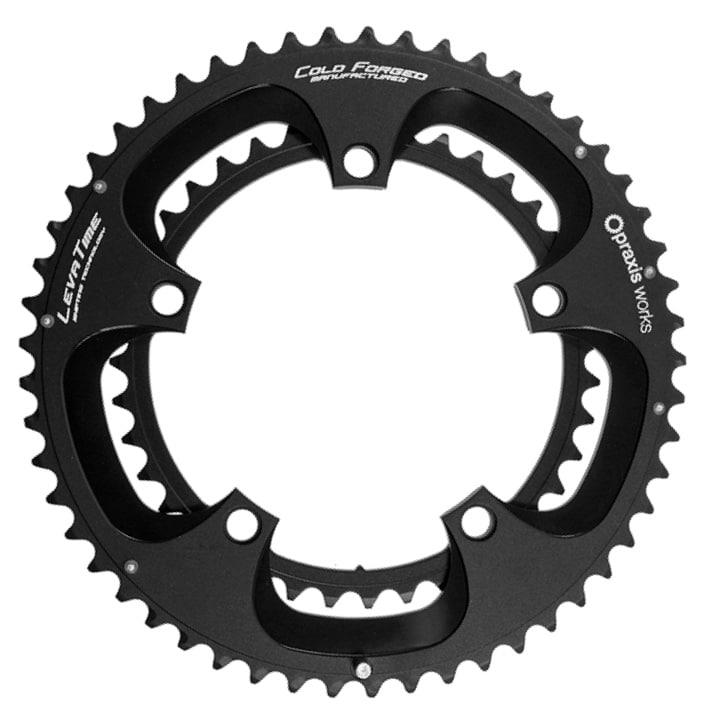I've got a Shimano 105 Crank with a 50 tooth chainring installed. With about 14000 miles, the teeth are worn down a bit, and I'm gathering parts to perform some bike overhaul maintenance once the snow flies this winter.
Nope, I'm not having any shifting problems. No problems at all, actually.
The only markings I can find on the existing chainring are: SHIMANO 50F
I can measure the bolt circle diameter to find out if it's 110 or 130. I understand that - but haven't done it yet. I can count teeth.
Are there any other things I should consider when looking for a replacement chain ring?
A quick internet search leaves me with pricing for a 50 tooth Shimano Chain ring that varies from $25 to $125.
Will any 50 tooth ring with the correct bolt circle diameter work?
How's this? Shimano Ultegra 6650 Compact Chainring > S > Shimano | Jenson USA
Nope, I'm not having any shifting problems. No problems at all, actually.
The only markings I can find on the existing chainring are: SHIMANO 50F
I can measure the bolt circle diameter to find out if it's 110 or 130. I understand that - but haven't done it yet. I can count teeth.
Are there any other things I should consider when looking for a replacement chain ring?
A quick internet search leaves me with pricing for a 50 tooth Shimano Chain ring that varies from $25 to $125.
Will any 50 tooth ring with the correct bolt circle diameter work?
How's this? Shimano Ultegra 6650 Compact Chainring > S > Shimano | Jenson USA





